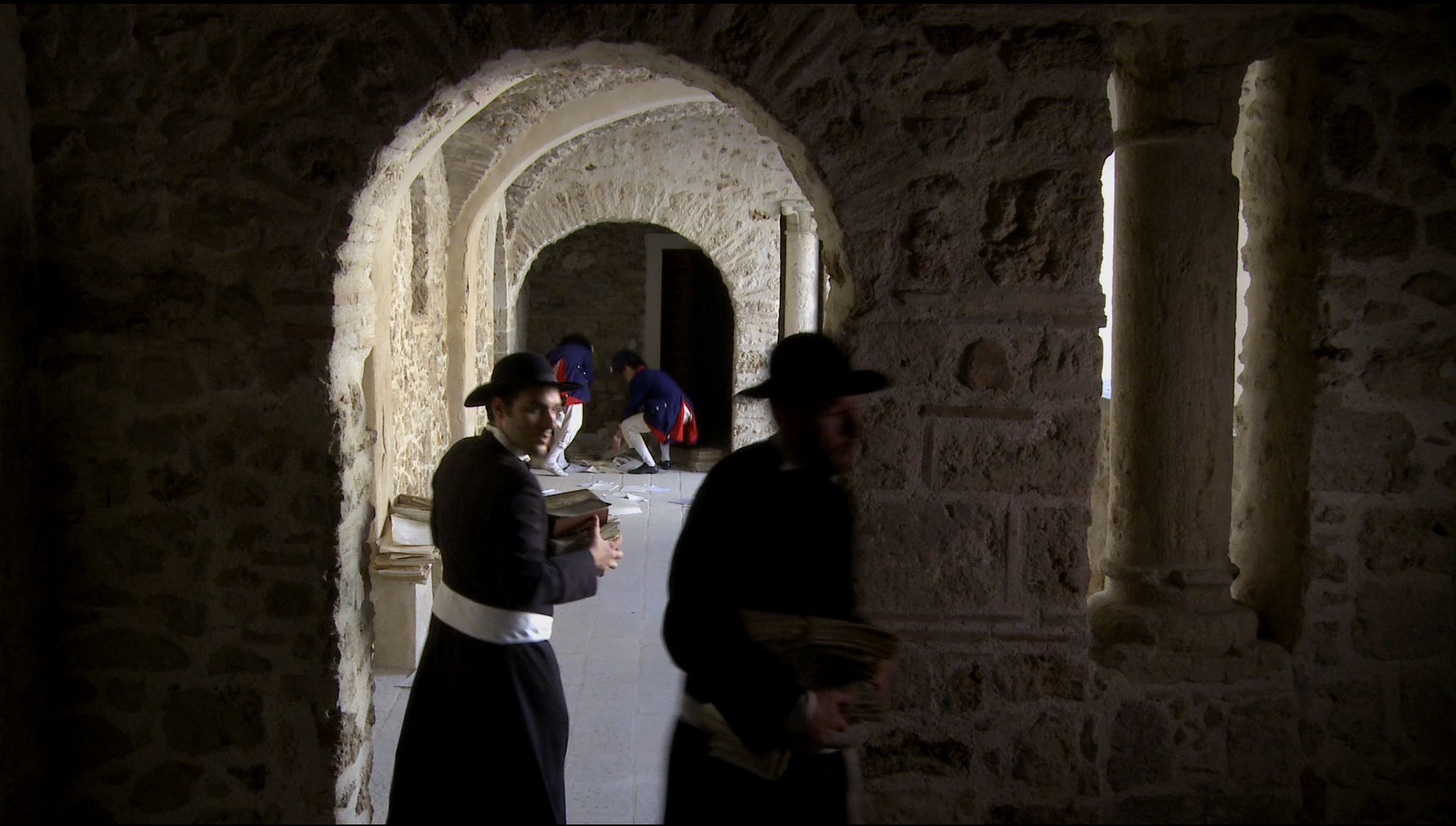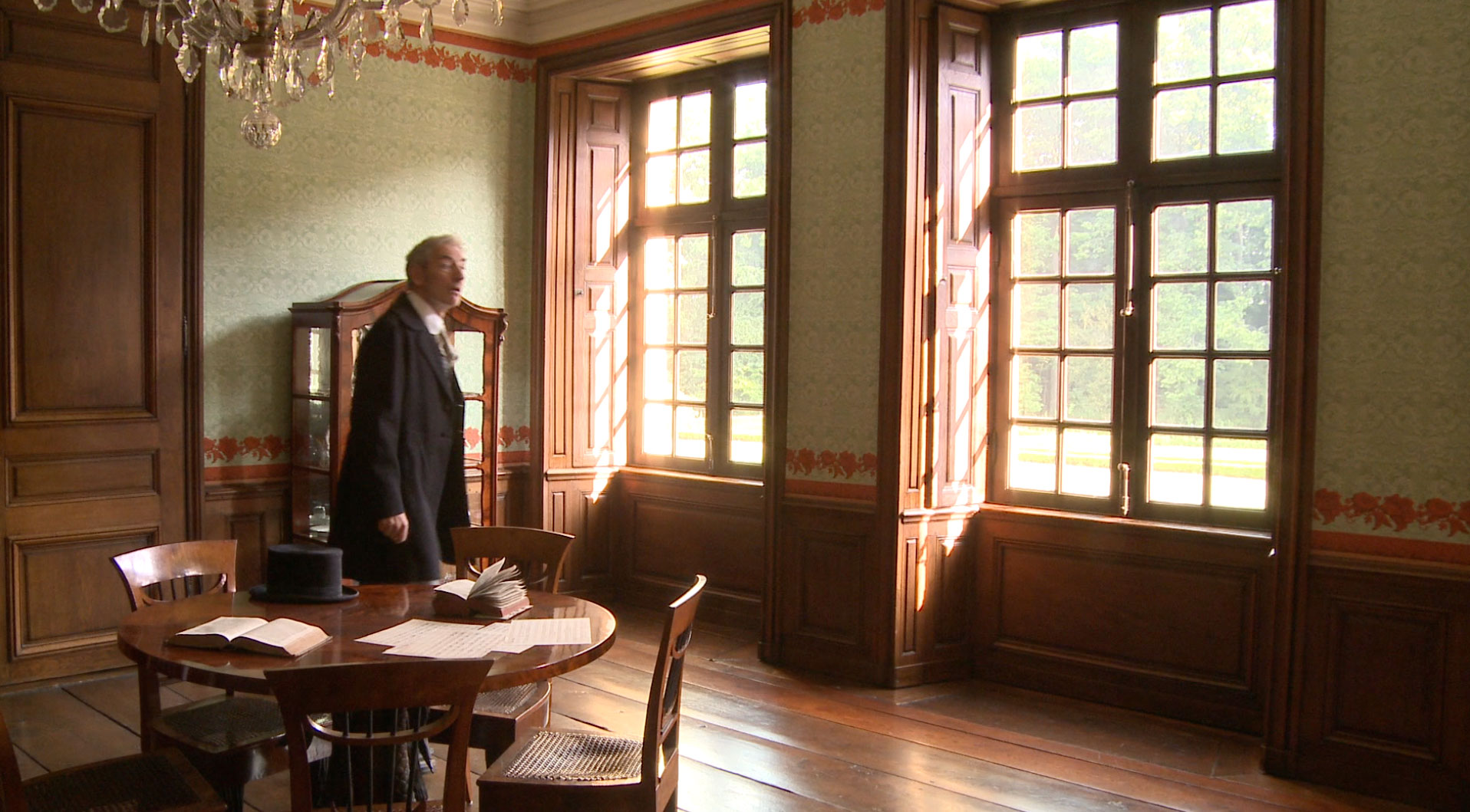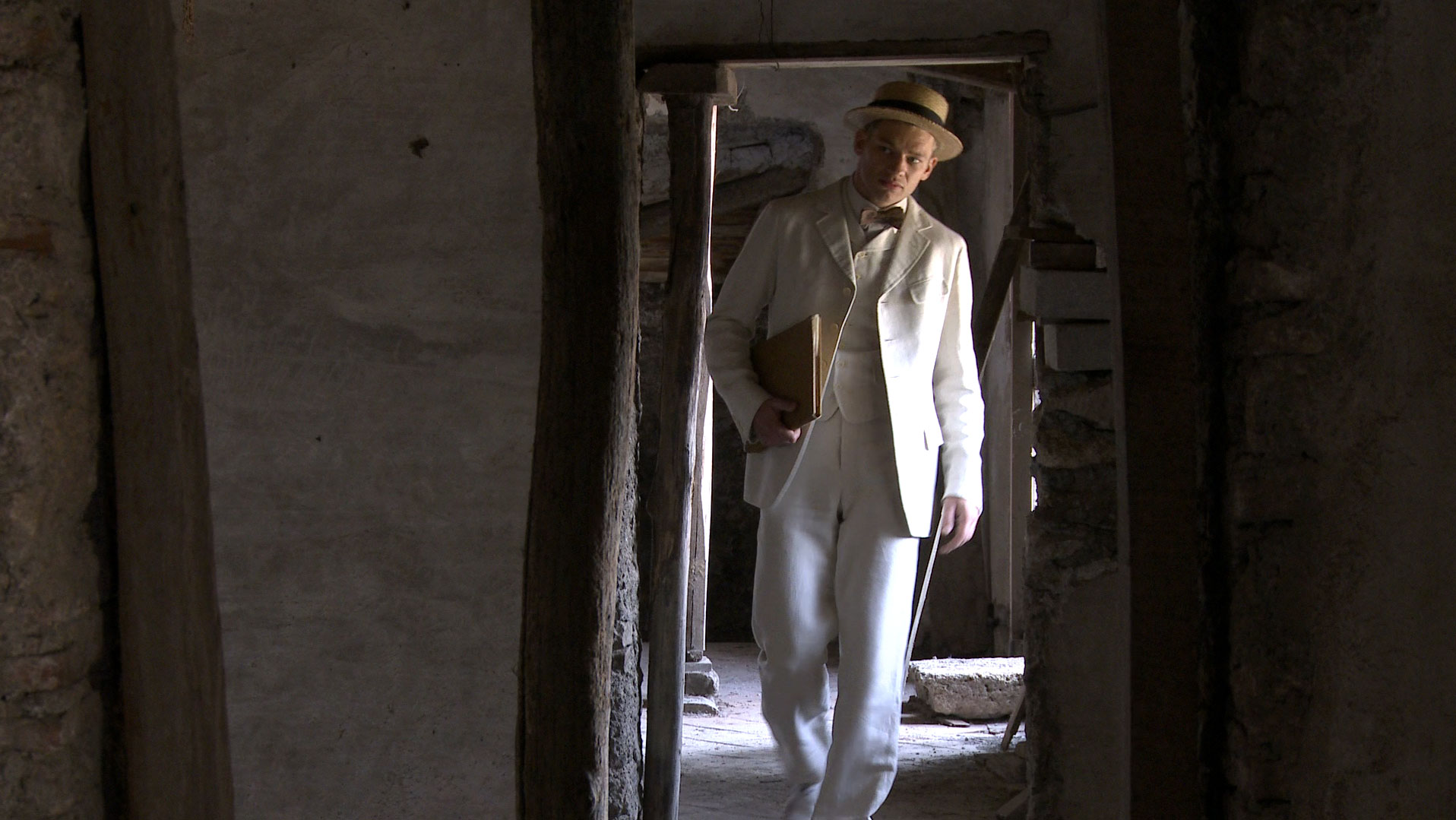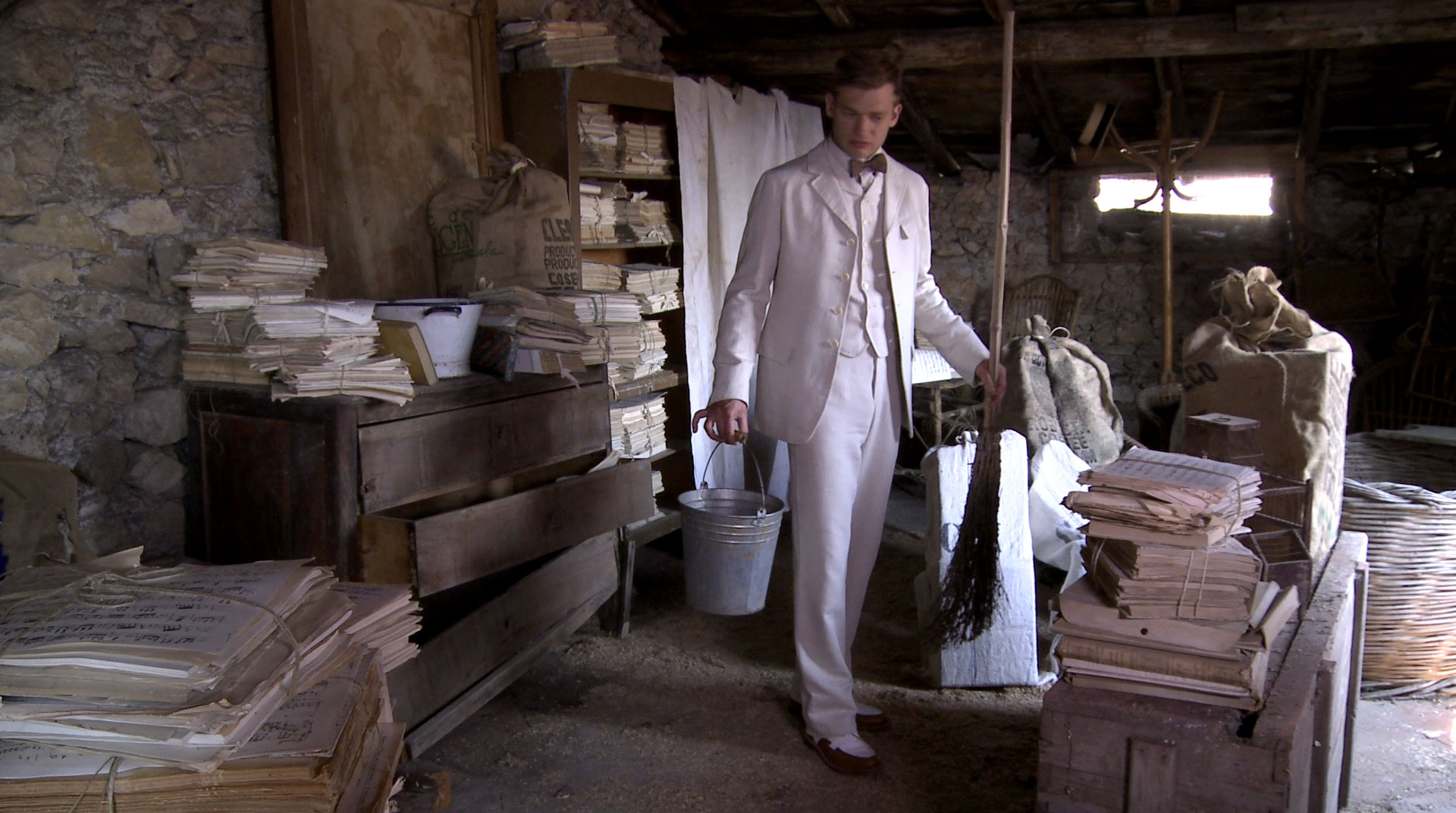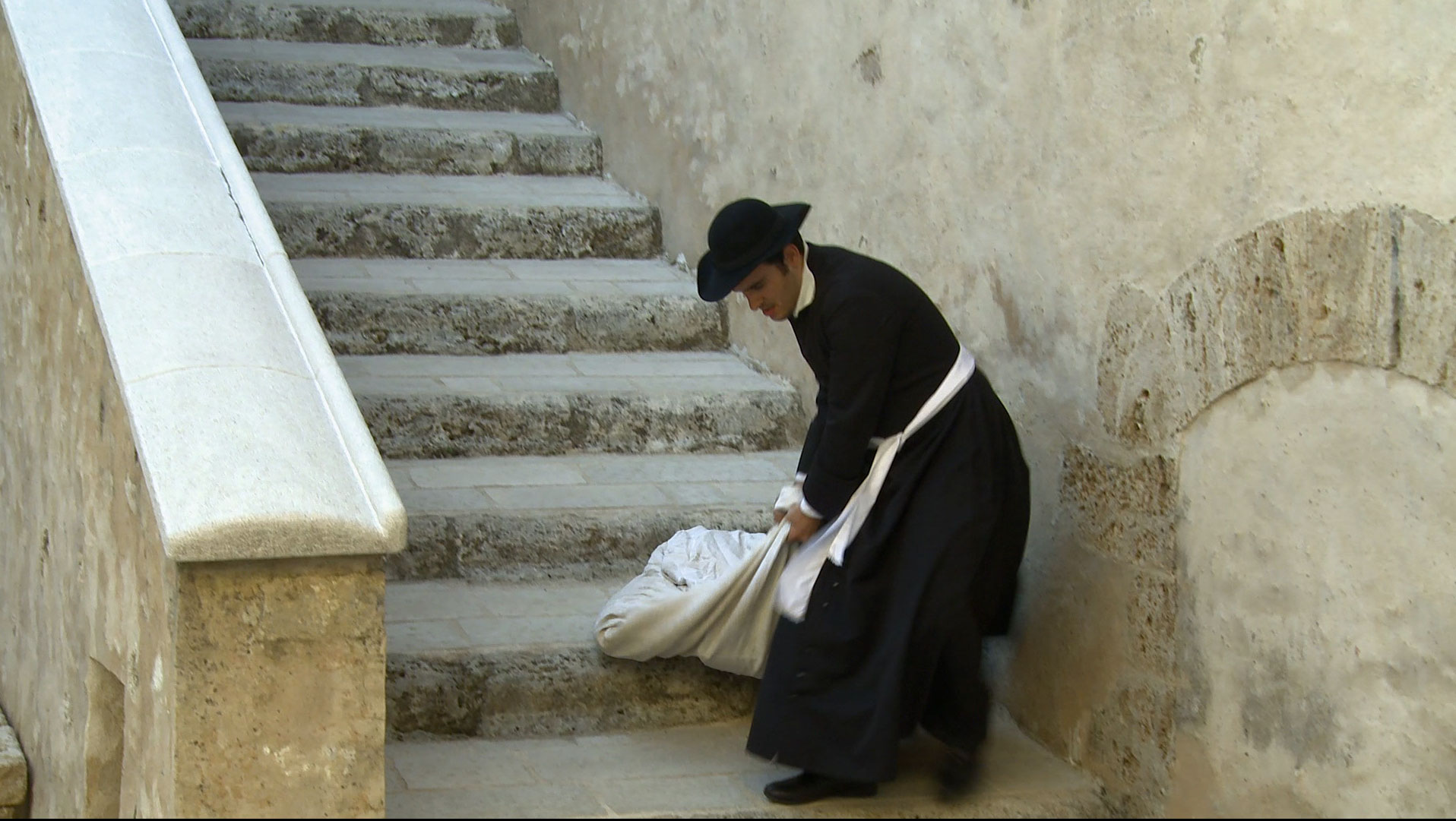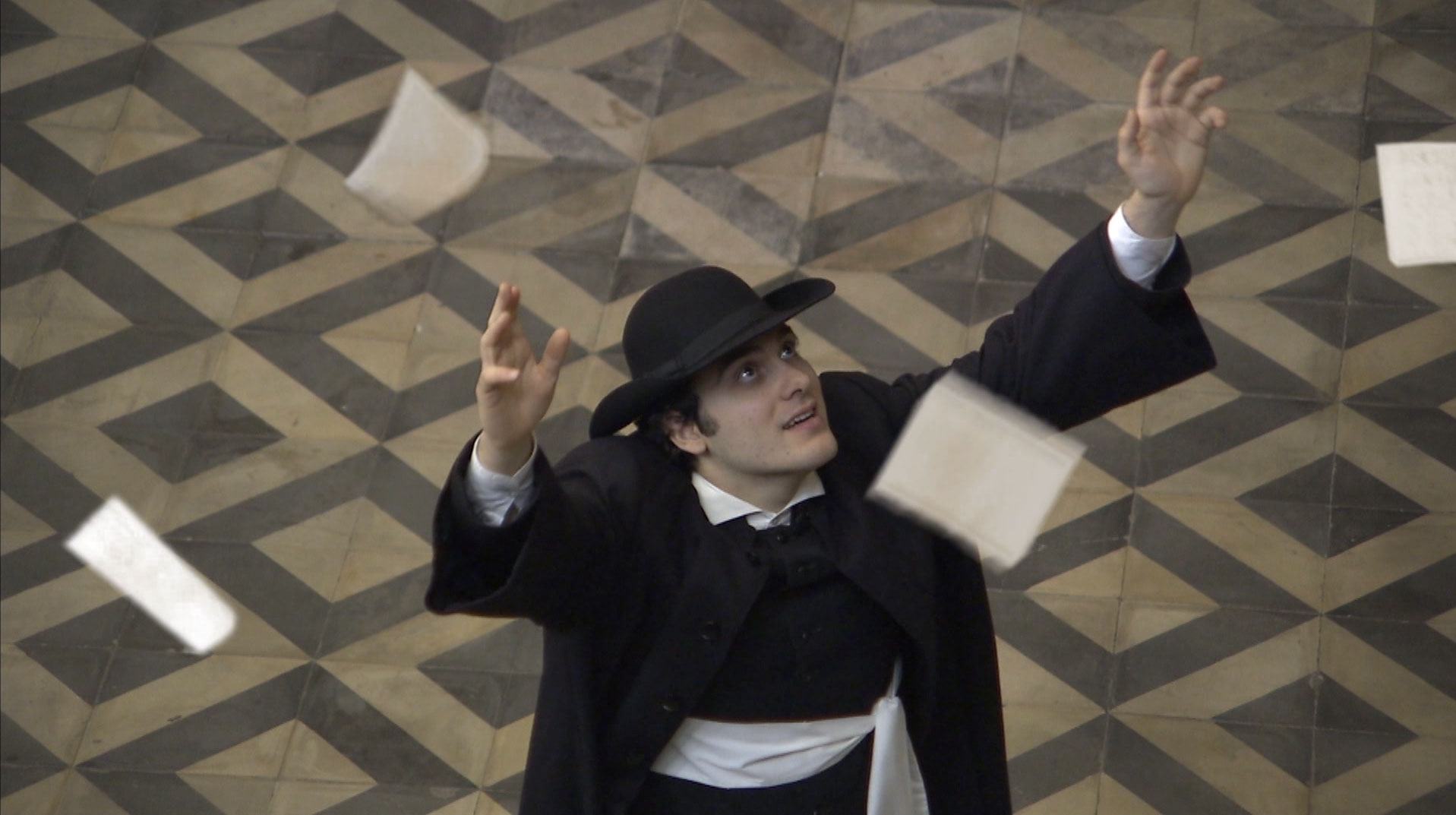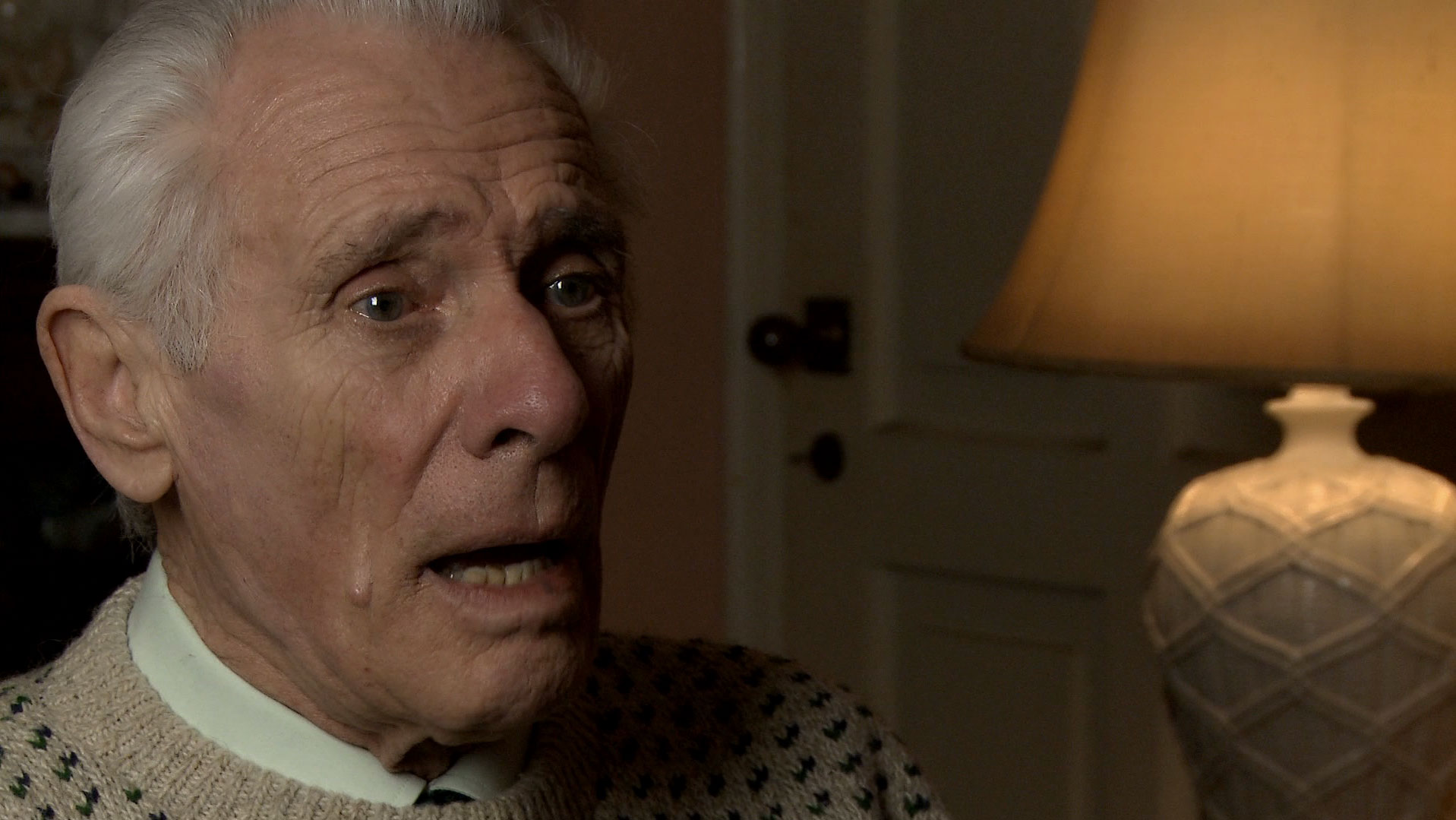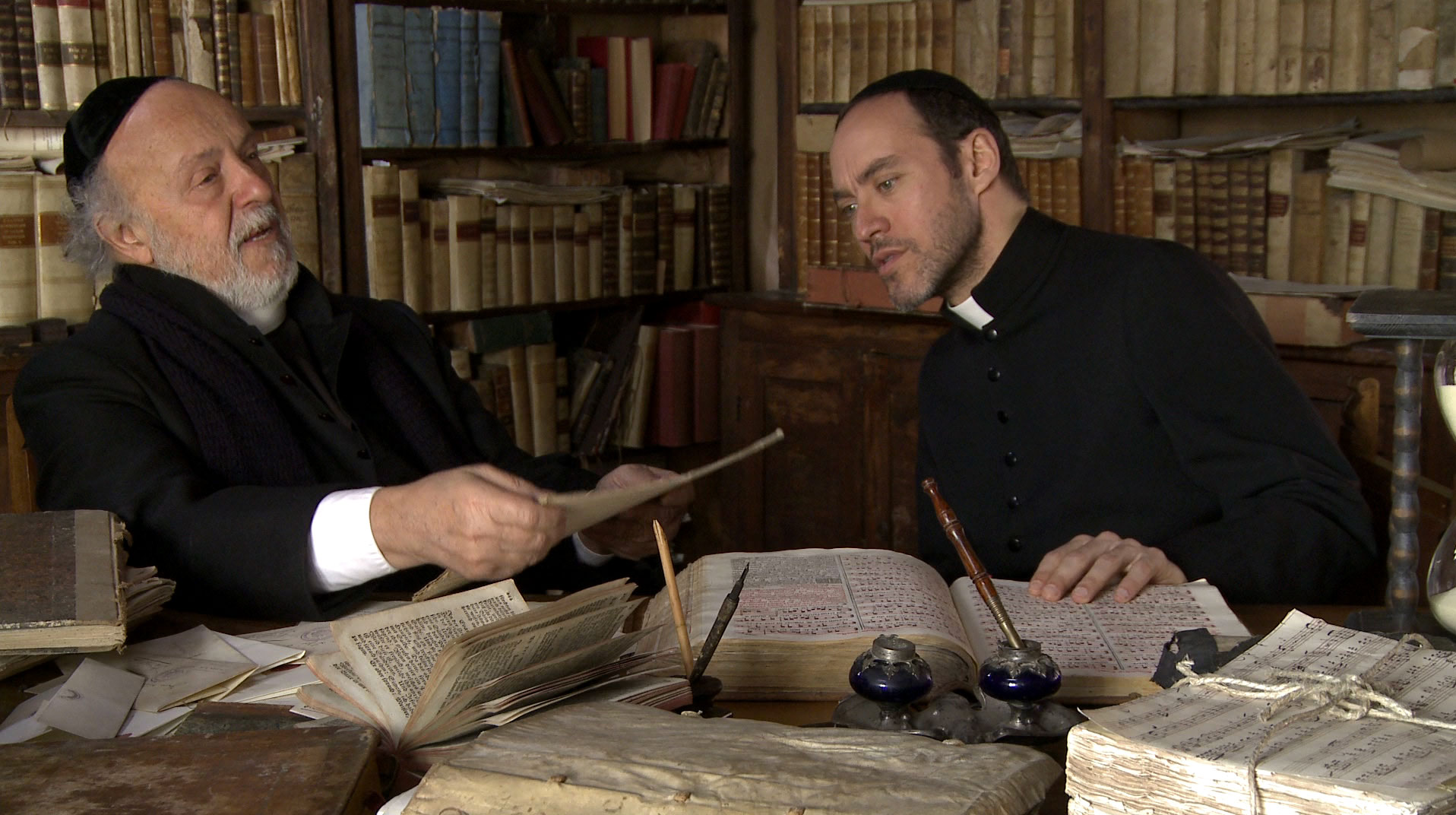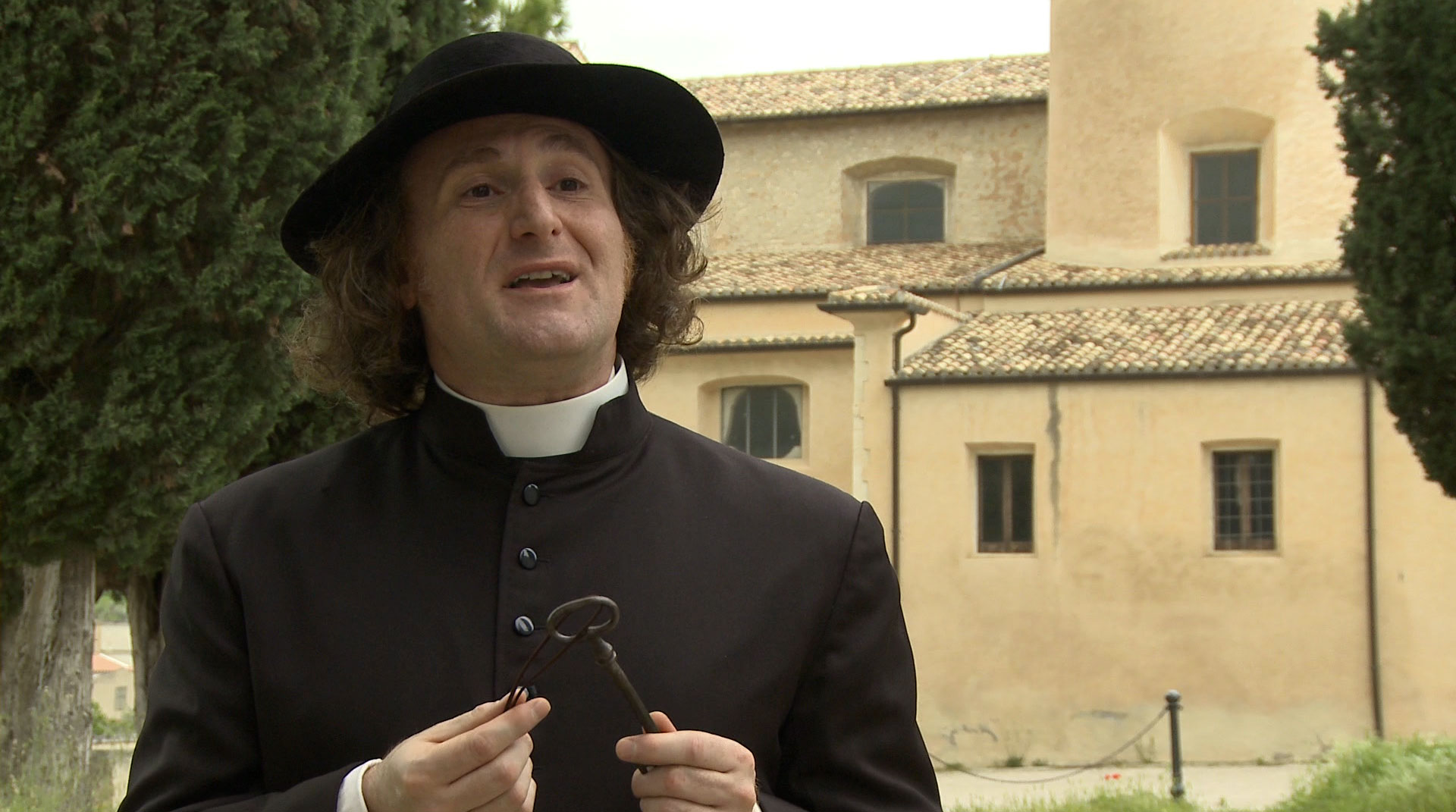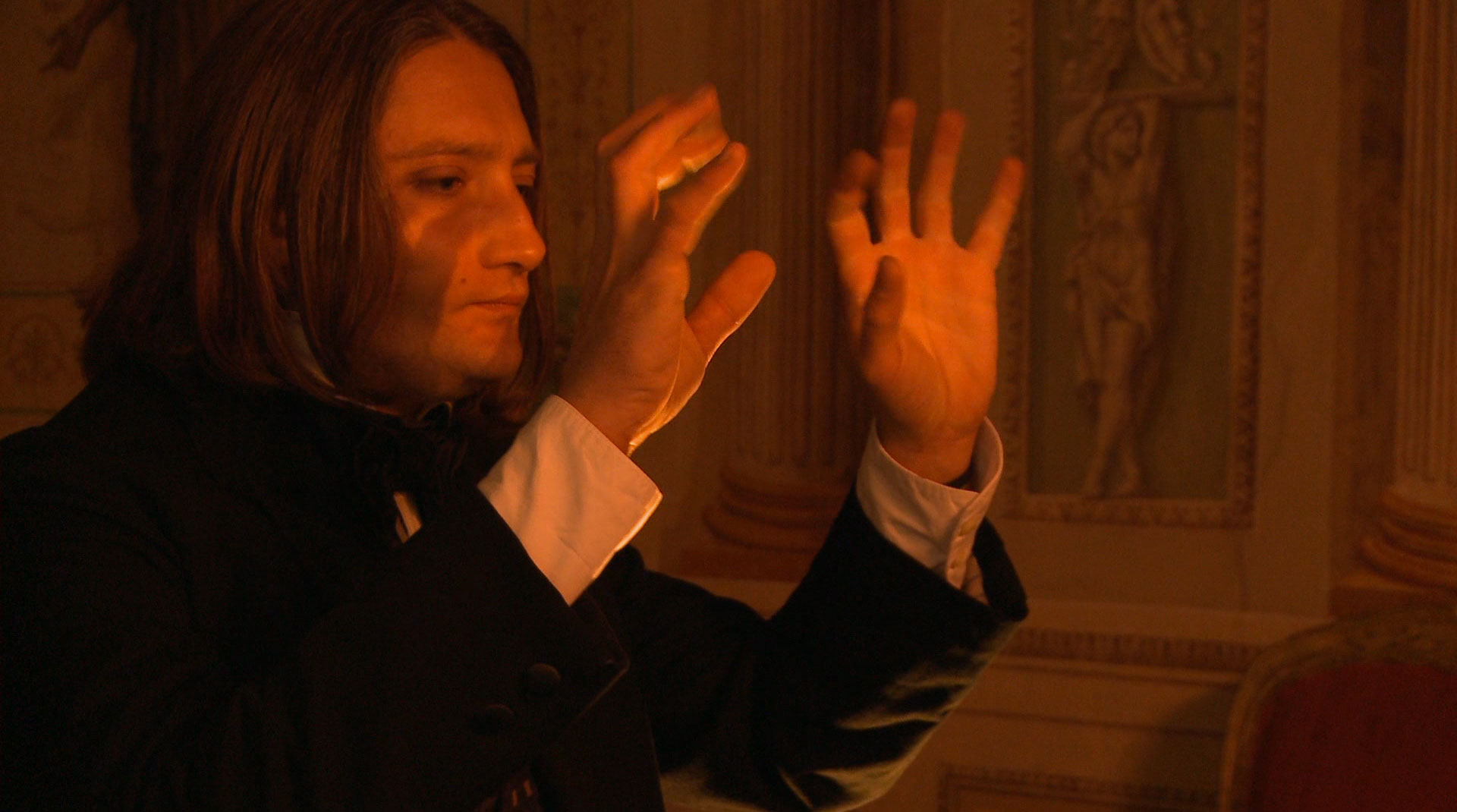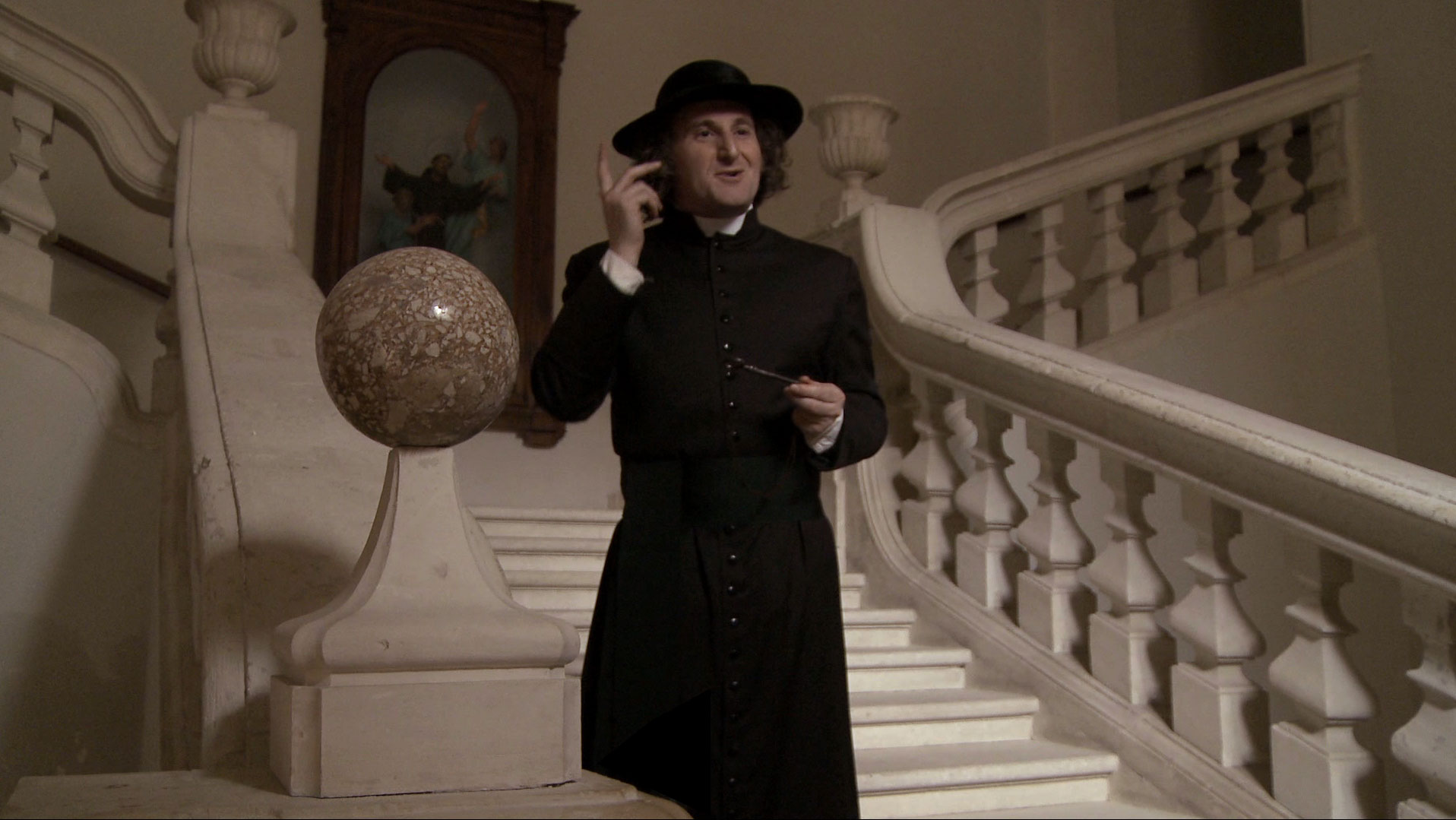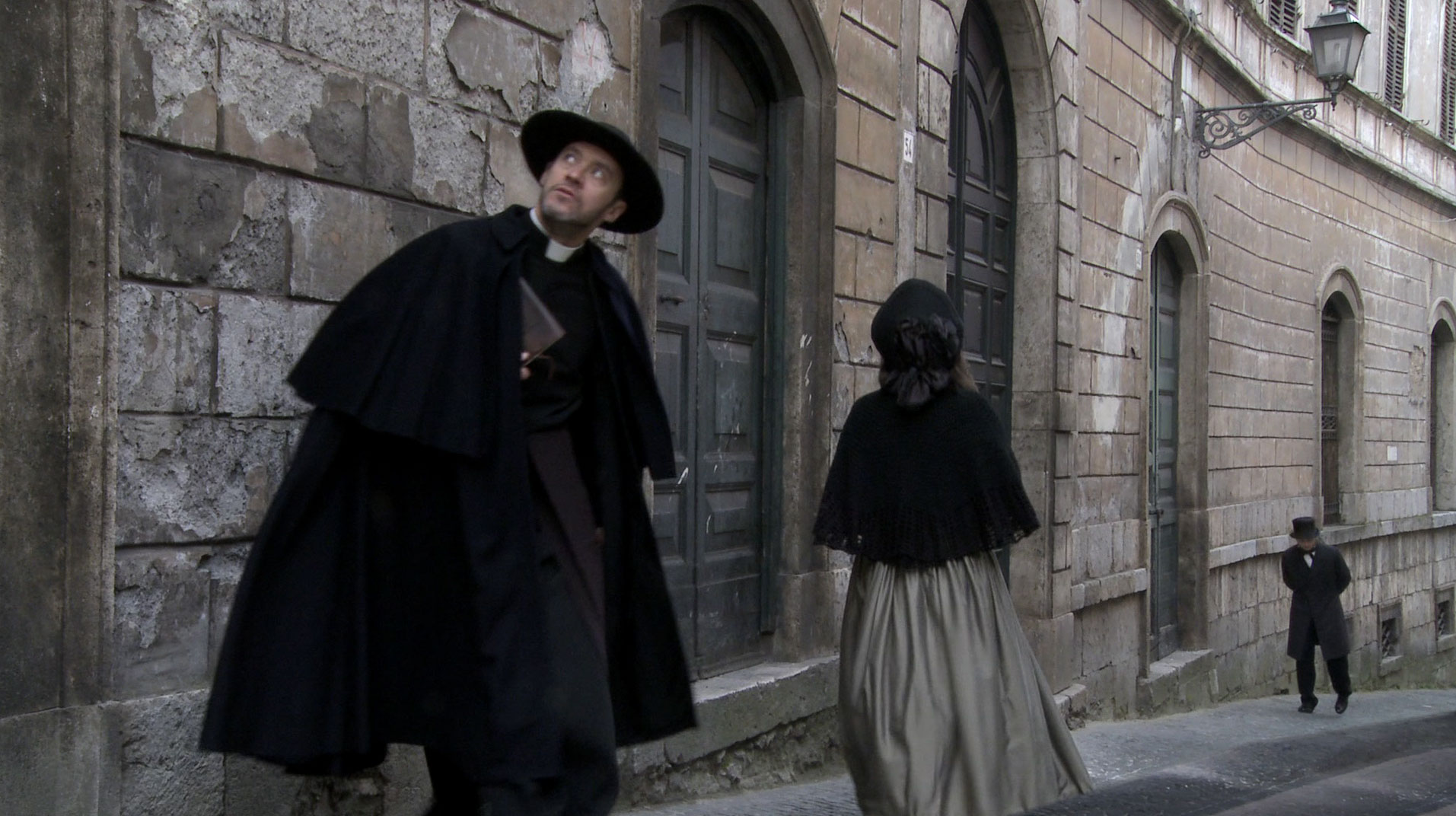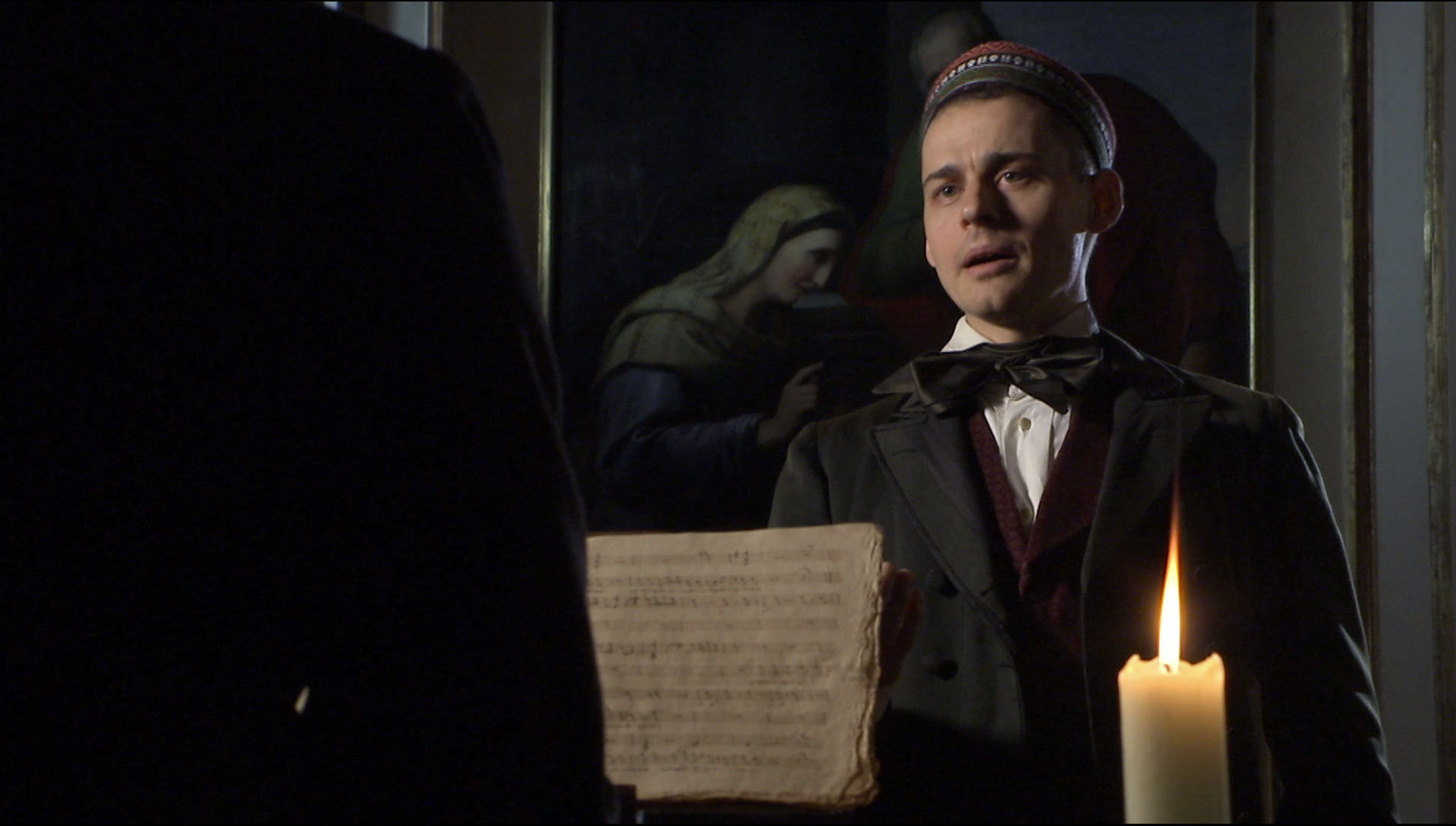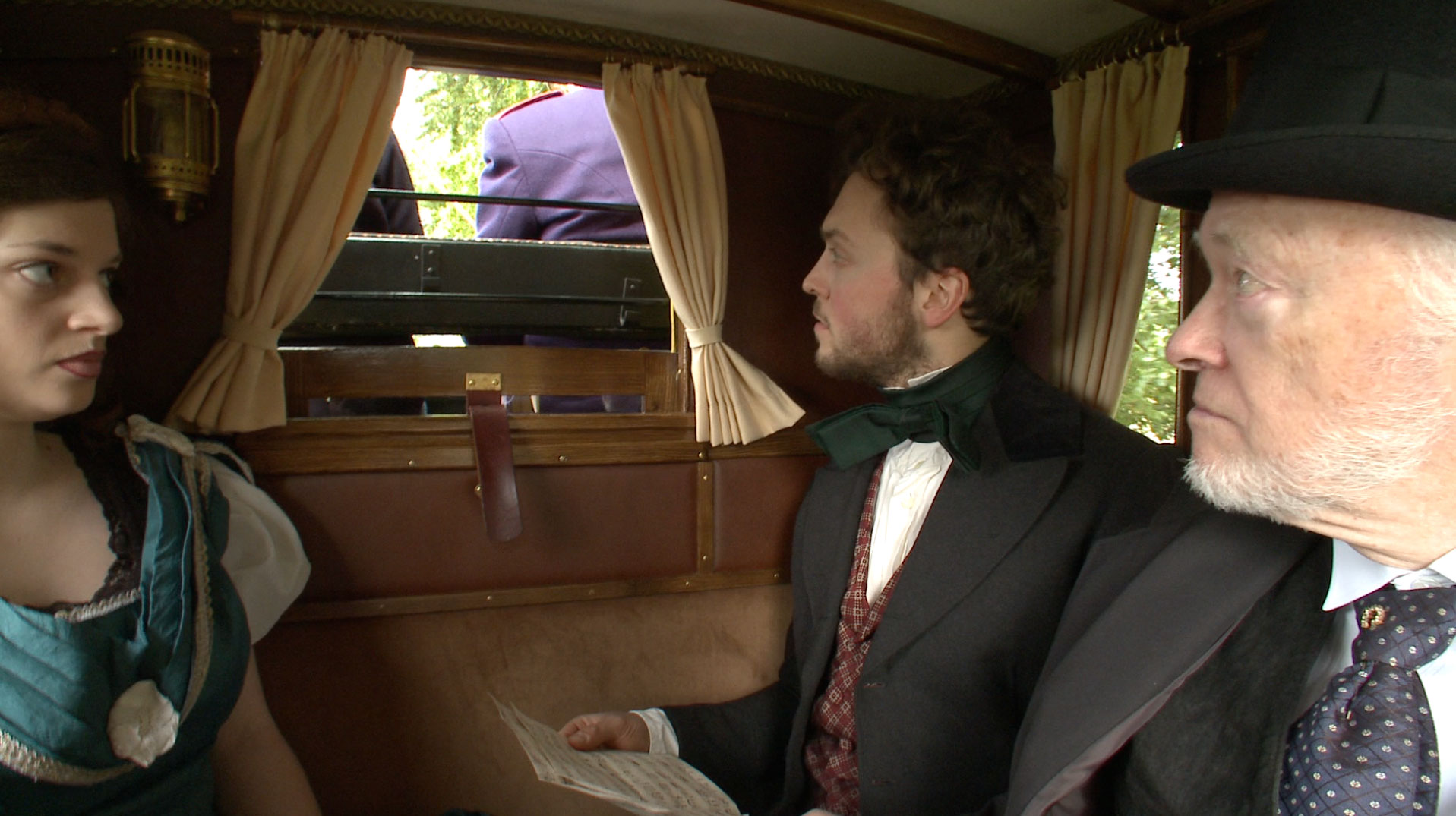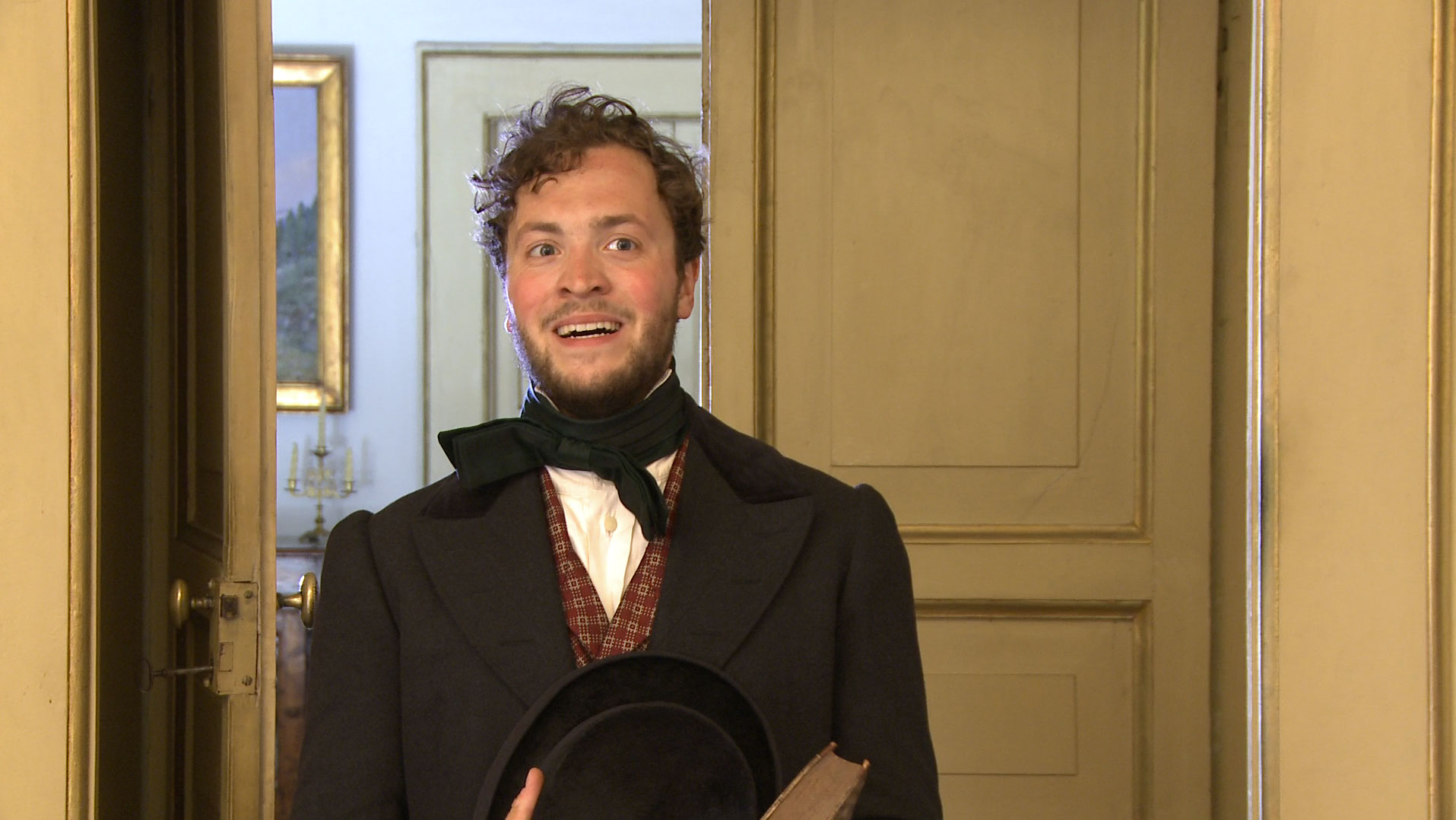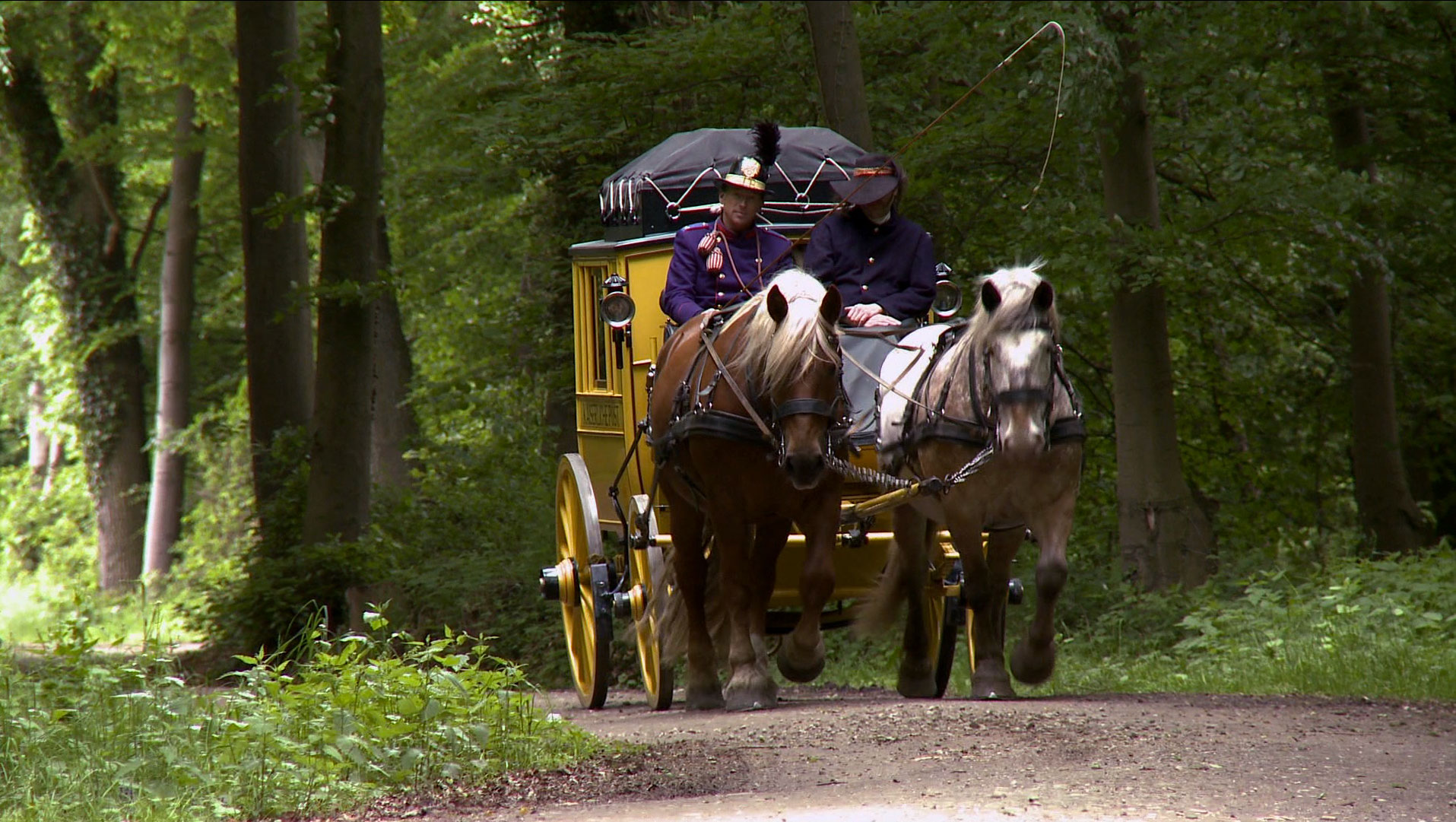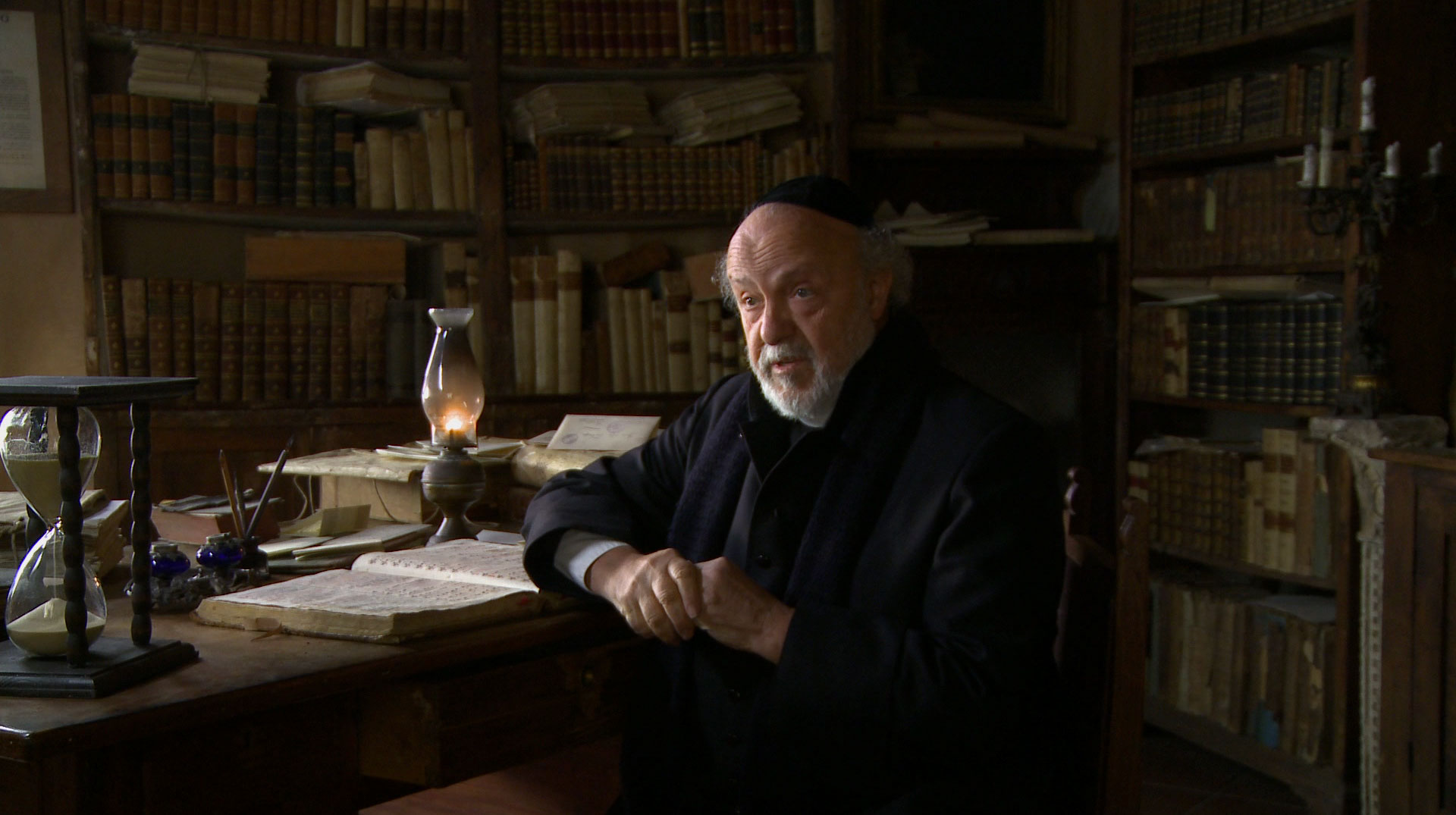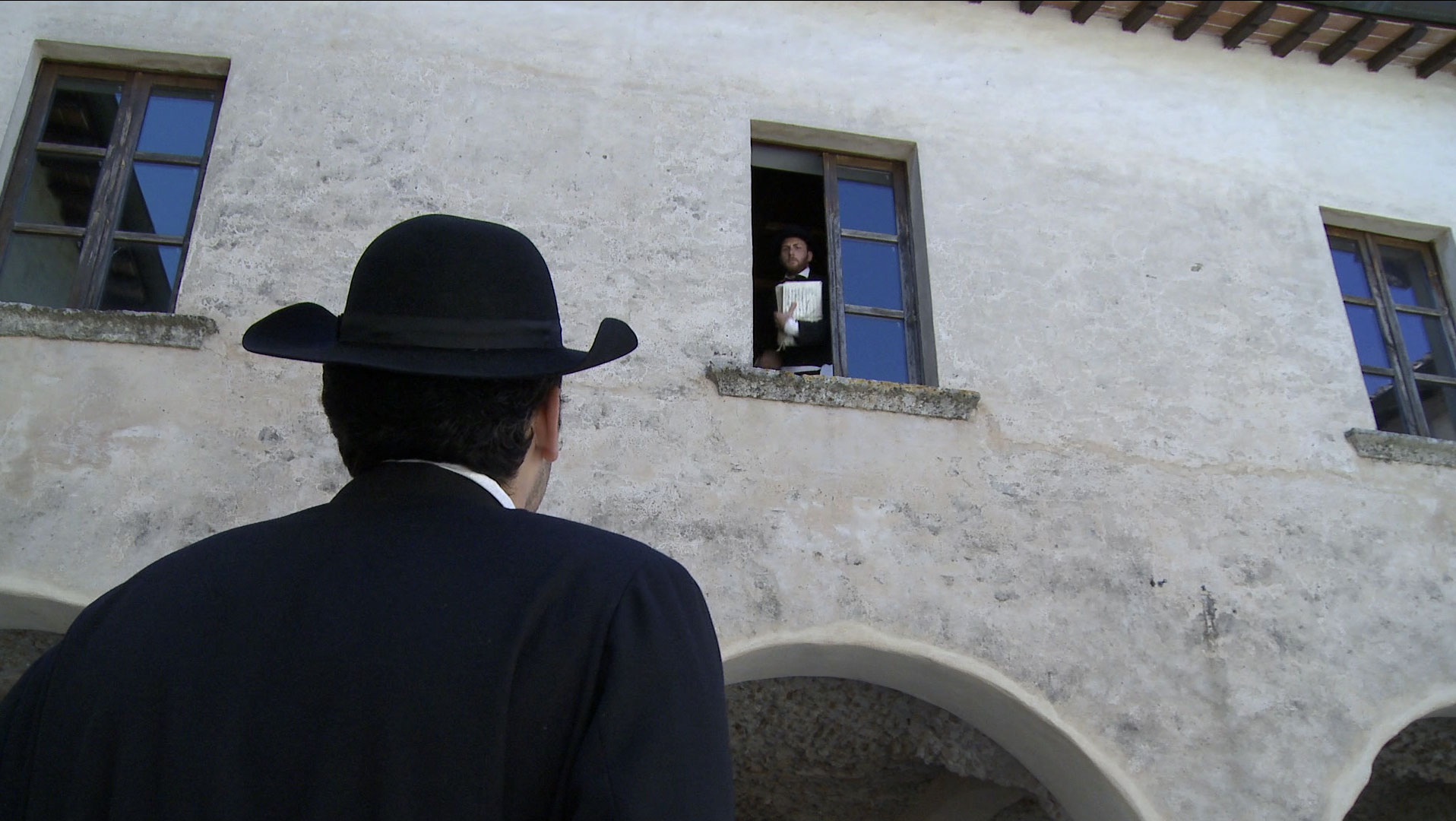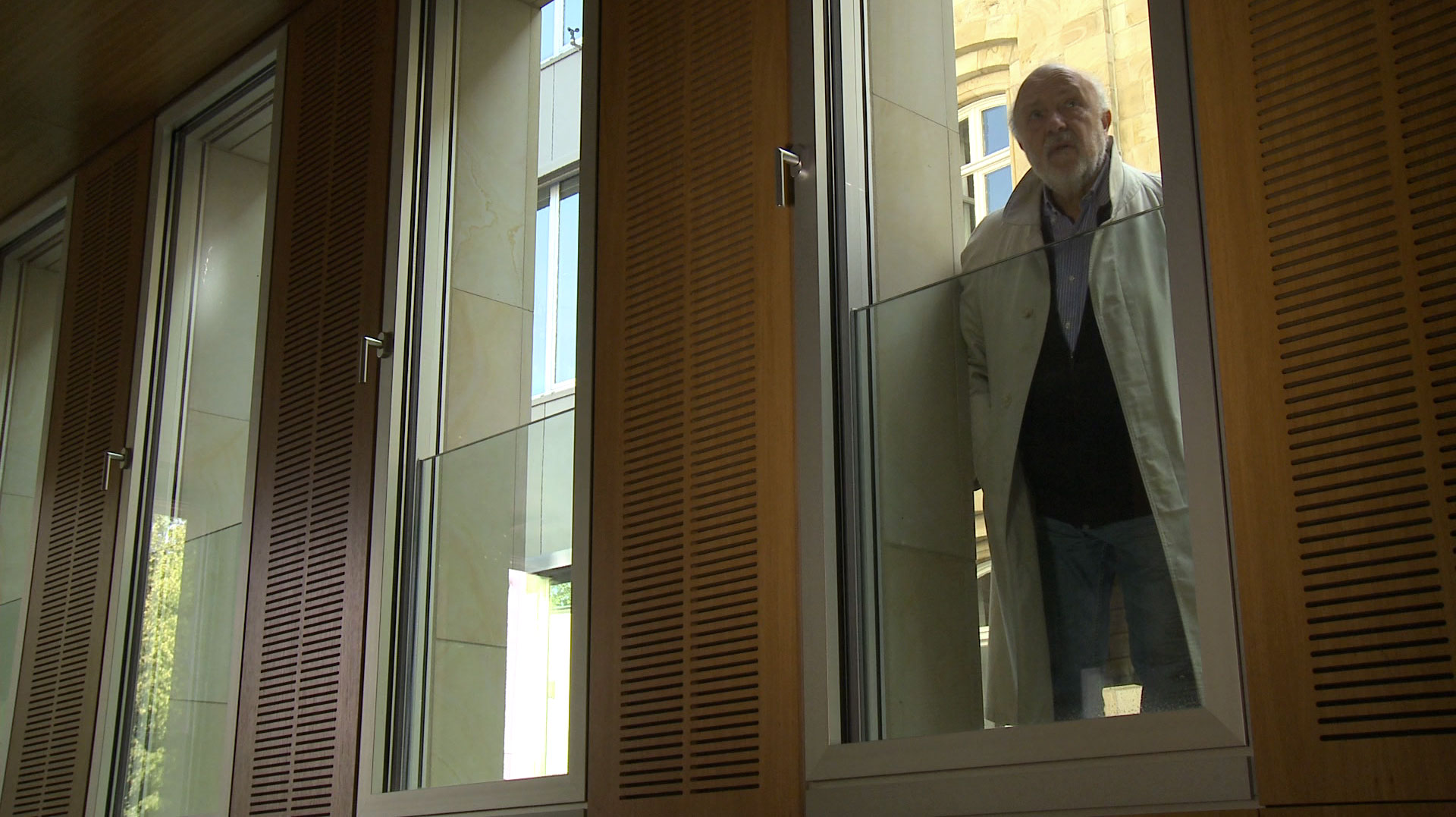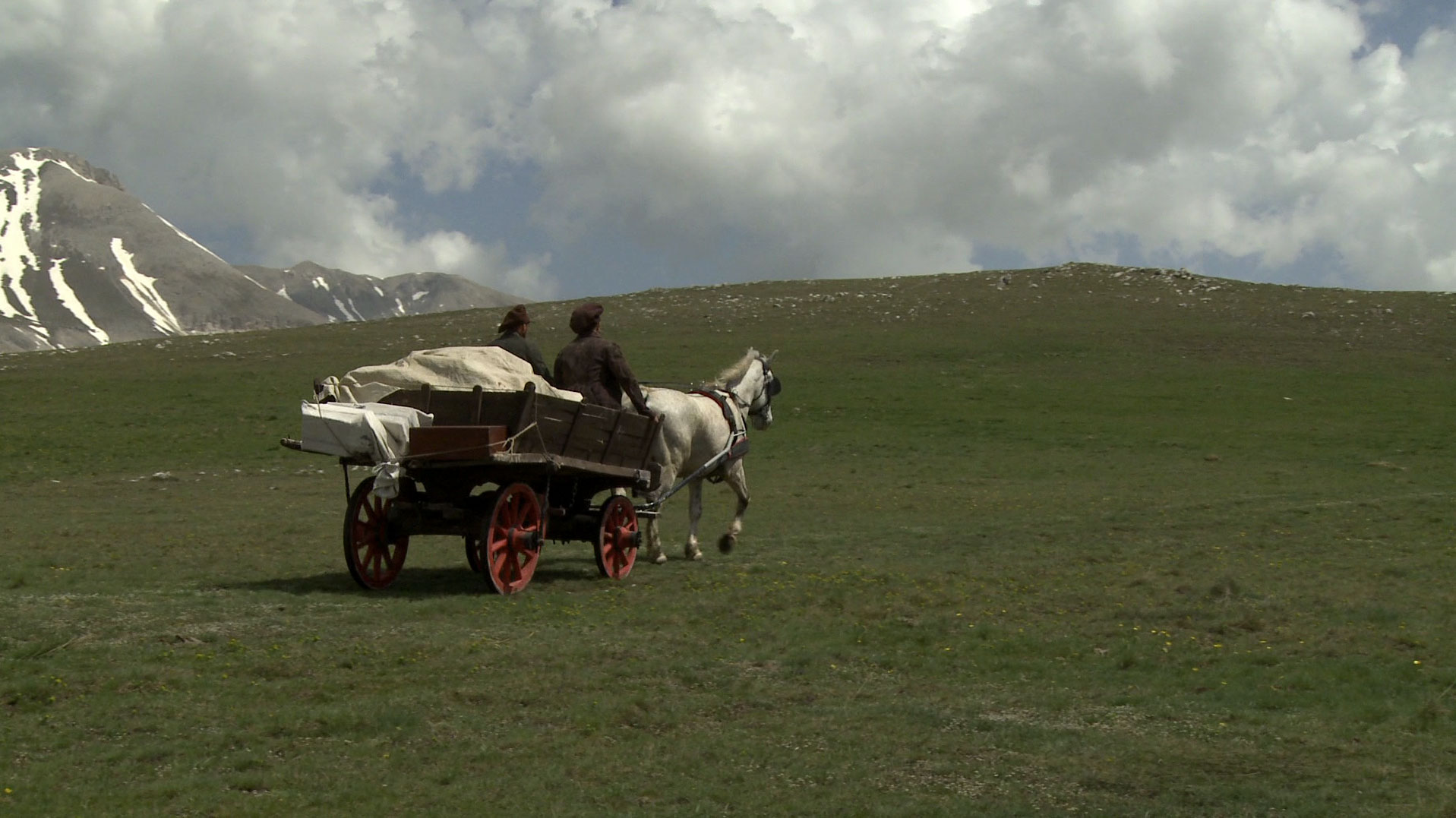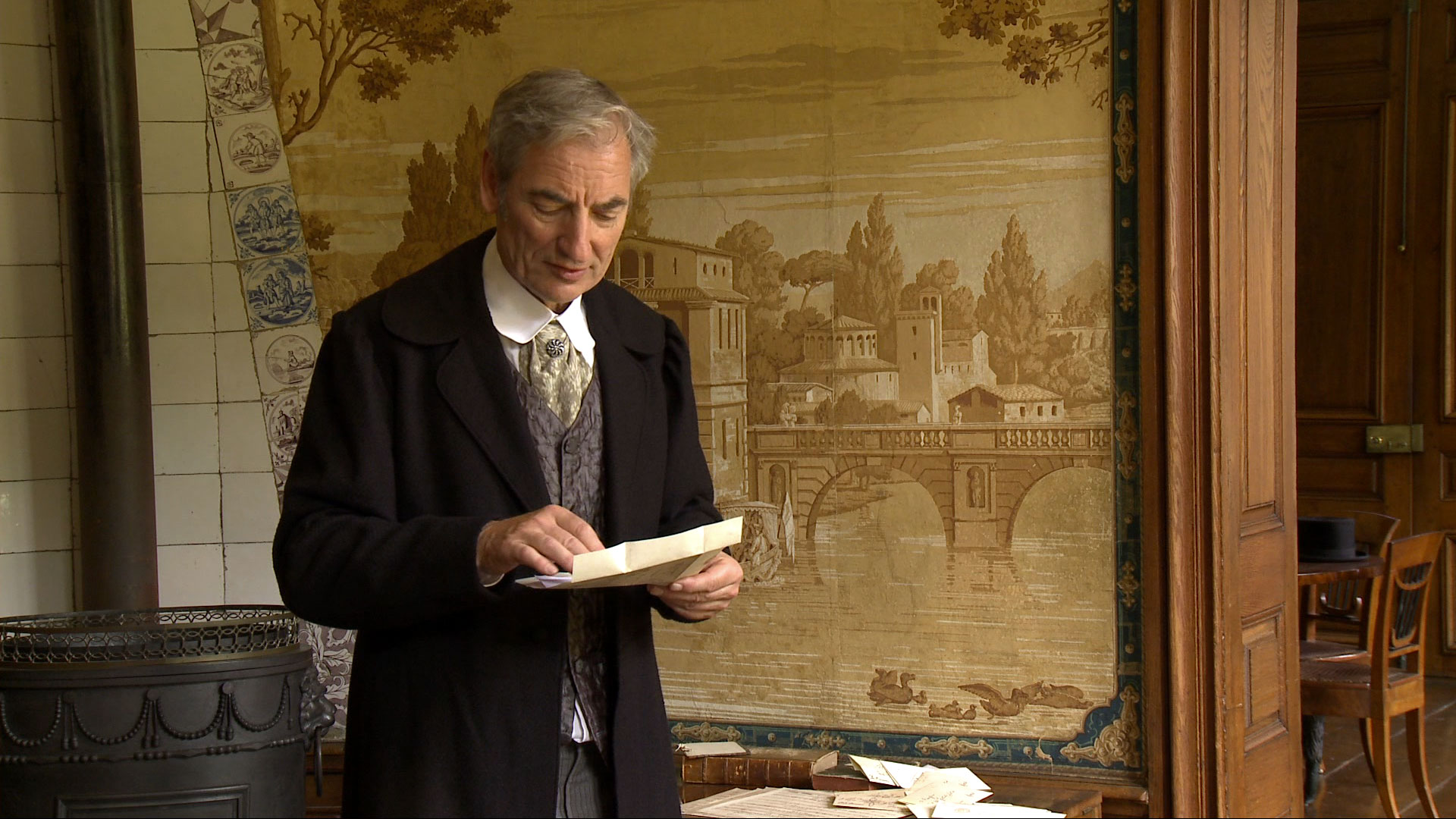
Santini's Network
SANTINI'S NETWORK
The History of a Collector and his Collection
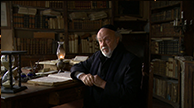 Today he would most probably be regarded as an outsider, but two hundred years ago the Roman Abbot, Fortunato Santini (1778 - 1861) was considered to be a man possessed by music. From the age of twenty it took hold of him with such a fervent passion that he dedicated the rest of his life to fulfilling the extraordinary ambition that had formed in his mind; to collect music. That is, to search out hand written music of the great composers, either in their own writing, known as autographs, or in the careful work of professional copyists, the only way a written record of classical pieces could be preserved before there was a means of printing them. His aim was the preservation of this delicate art form for future generations. So much music must already have been lost, destroyed or forgotten and this terrible idea tormented him and drove him on. There could not have been a more suitable place for him to follow his desire than Rome, with its hundreds of libraries, both ecclesiastical and secular, where he befriended many sympathetic visitors from all over the world who proved useful in his work. His motto was "Give, sell or exchange" to improve his collection.
Today he would most probably be regarded as an outsider, but two hundred years ago the Roman Abbot, Fortunato Santini (1778 - 1861) was considered to be a man possessed by music. From the age of twenty it took hold of him with such a fervent passion that he dedicated the rest of his life to fulfilling the extraordinary ambition that had formed in his mind; to collect music. That is, to search out hand written music of the great composers, either in their own writing, known as autographs, or in the careful work of professional copyists, the only way a written record of classical pieces could be preserved before there was a means of printing them. His aim was the preservation of this delicate art form for future generations. So much music must already have been lost, destroyed or forgotten and this terrible idea tormented him and drove him on. There could not have been a more suitable place for him to follow his desire than Rome, with its hundreds of libraries, both ecclesiastical and secular, where he befriended many sympathetic visitors from all over the world who proved useful in his work. His motto was "Give, sell or exchange" to improve his collection.
In just fifty years his music collection had swelled to 20,000 titles in 4,500 manuscripts and 1,200 printed copies, making it the most comprehensive collections of its kind anywhere. Many important works from the history of European music, which otherwise would have disapeared, were thus preserved, thanks to Santini's dogged determination.
These are some of the questions the film attempts to answer: How was it possible for a lone man, with no modern assistance such as computers, the Internet or telephone, and very limited funds, gather together such a vast collection of such important pieces of ancient music? Not only Italian works, but music from other European countries? How did he acquire such a valuable quantity of manuscripts from all over Europe and beyond, while remaining for most of his life in Rome?
His secret, of course, was in the network of friends and acquaintances that he built up all over Italia that eventually spread over the rest of Europe. Soon his reputation went beyond, through the music world, which has no boundaries. His net stretched from Rome to Bologna, Venice, Paris, Brussles and on to Oxford, Cambridge, London, Copenhagen, Berlin, Munich, Aachen, Vienna and even Moscow and St. Petersburg.
But what motivated this man to persist in his gigantic task? Was it his instinct to save and protect the music? Or was it a passion, a vice he could not control? Or, indeed, was he spurred on by greed, the desire to build up a fortune, gathering together a collection of antique manuscripts worth an enormous sum of money? And why is the most important collection of early Italian musical writings (from the 15th to the 18th century) to be found now, not in Rome, but in Munster, Westfalia?
The narrative path of the film is multiple, moving forward on several levels: 1855, the elderly Abbot (Renato Scarpa) tells a young German chaplain about his life and the fabulous music collection he has dedicated it to. The young man (Cristian Giammarini) pursuedes the old man to sell his collection to the Bishop of Munster for an agreement to keep him in comfort for the rest of his life.
Another string of the story alternates between Santini and Edward Dent (John Gayford). We are in London in 1955. Dent tells us how he found out about the collection; what had happened to it under Fascism and the Nazi invasion during the Second World War and after it, when a devastating flood almost destroyed it forever.
Interspersed between these two distinct story lines are a series of musical sequences introduced by Markus Engelhardt of the German Historical Institute in Rome and Peter Schmitz of Munster University, who prove beyond a doubt, that both famous antique works and lesser known pieces from the collection were well worth saving, by giving us the pleasure of hearing them performed by talented Italian and German musicians.
The Seicento-Novecento Ensemble of Rome, the Choir of Santa Maria del Anima, directed by Flavio Colusso and the Chapel Choir of Munster Cathedral, under the direction of Andreas Bollendorf and Varena Schurmann, are responsible for the soundtrack recordings.
They form part of the 20,000 titles in the collection that lie at the heart of the film; the music of Antonio Lotti, Tomas Luis de Victoria, Cristobel de Morales, Giacomo Carissimi, Francesco Durante, Giovanni Battista Martini, Palestrina, Graun, Handel and Bach, as well as Alessandro Melani, Domenico and Alessandro Scarlatti, Francesco Durante and of course, Fortunato Santini himself.
It is the story of thousands of sheets of music painstakingly hand-written over the centuries by the feversh fingers of musicians and copyists long forgotten, thought to be lost forever, that instead, were found and preserved for posterity. At the same time it describes the system of comunications between European countries in the distant past and how it worked. Interwoven throughout are the traditions of conservation and destruction that contradict each other, keeping the tension going throughout.
The film is produced by LICHTSPIEL ENTERTAINMENT GmbH in coproduction with TV WDR of Cologne with MEDIA European Commission and the Film-Und Mediestiftung NWR. The film is directed by Georg Brintrup, photography by Benny Hasenclever, Marco Leopardi and others. Francesco Sardella was in charge of sound.
WATCH THE FILM IN STREAMING ON VIMEO
ITALY / GERMANY, 85', HD, colour
Production: LICHTSPIEL ENTERTAINMENT / WDR / MEDIA / FILM UND MEDIENSTIFTUNG NRW







